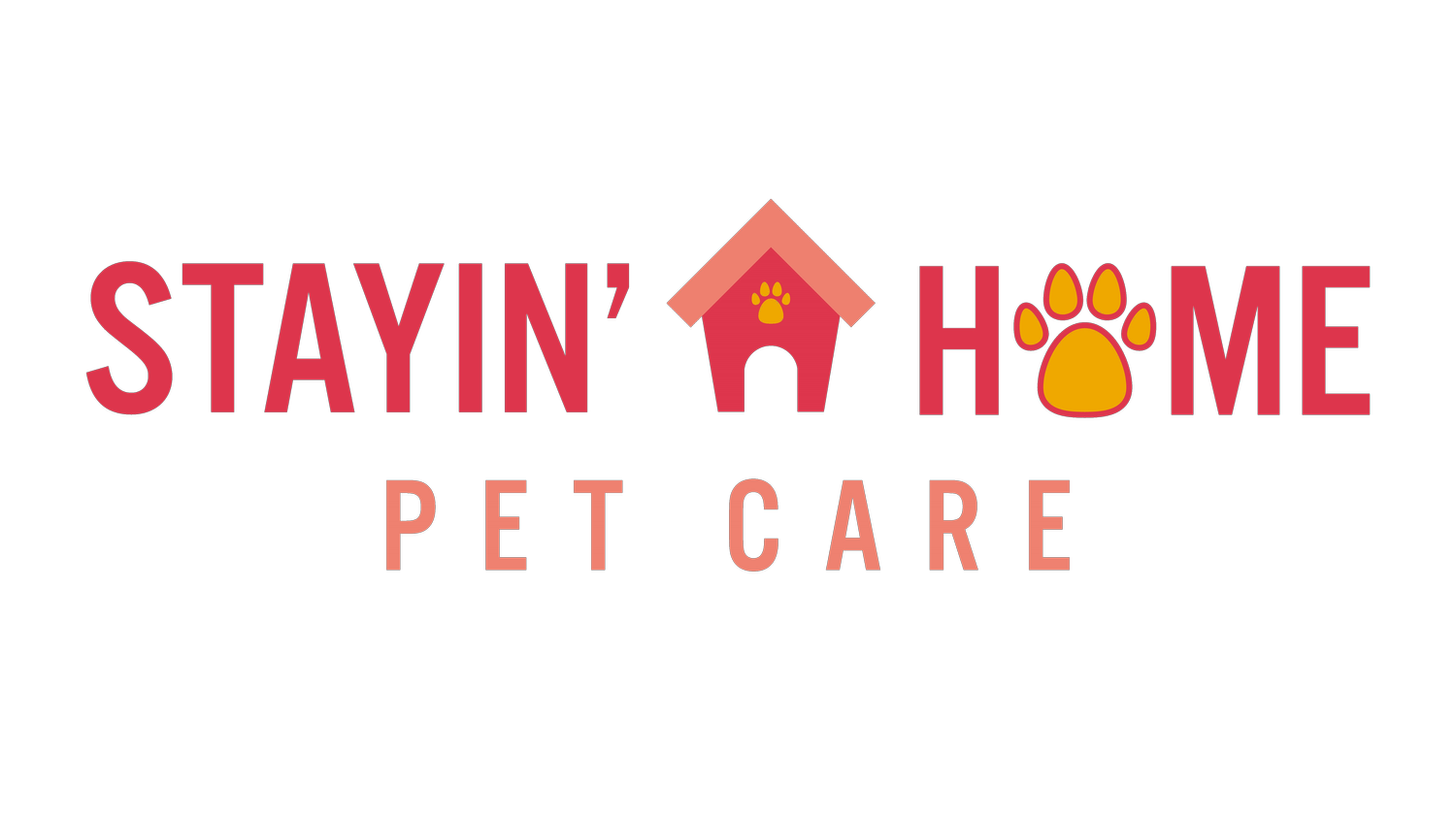The Six Stages of a Dog’s Life
Most people think there are two, maybe three stages of a dog's life. With the exception of the puppy phase and adulthood, we may not perceive much of a difference in the stages of our dog's life. But experts have actually categorized six different life stages, all with different needs. Here's what you should know about each.
Puppyhood: The Beginning Stages Of A Dog's Life
First, of course, there's the puppy stage. Puppies need to be fed more often than mature dogs. This is when you have to start the work of house training, obedience, and possibly spaying/neutering. Teething is also another challenge you will have to overcome. So, you may feel overwhelmed during this time in your dog's life. But, a puppy's inherent cuteness makes everything worthwhile!
Junior Stage
Next is the junior stage. At this point, your dog is able to reproduce but is still growing. As such, they aren't full adults just yet. Depending on the breed, this stage can fall between 6 and 12 months of age. Your dog may try to challenge your authority, so they may still need some discipline. However, they'll be a bit more manageable than puppies. If you haven't spayed or neutered yet, the time is now!
Adulthood
At this stage, your pet is fully grown and should only need to be fed twice a day. Physically, your dog is at his peak, so regular exercise is a must!
Middle-Age
Believe it or not, your dog experiences middle age! And just like with humans, your dog may begin to on weight as their metabolism slows down. So be sure they're still getting consistent exercise! At this time, your dog could also benefit from additional supplements to help maintain optimal health. Glucosamine and chondroitin are excellent for joint support. Fish oil or phytoplankton are great anti-inflammatories that help both joints and brain function. Many dogs also benefit from probiotics to help with digestive health.
Senior Dogs
Stage 5 is the senior phase. At this point, your dog has reached the last quarter of his breed's expectancy. They will sleep more and require less exercise. However, keeping them moving regularly will still be important for minimizing stiffness and discomfort. Joint support is integral during this time, as this is when conditions such as arthritis set in. Consider purchasing a Tempurpedic bed for your senior pup, as this will be more comfortable for them to sleep on.
Beyond Old Age
Your dog has officially outlived their breed's life expectancy! Not all dogs reach this stage; small breeds are more likely to do so than larger ones. At this point, they need a lot more TLC, requiring supplements, pain medication or a combination of both. You may have to change them to soft food, as it will be harder for them to chew. And, of course, regular checkups are a must. While they will still benefit from exercise, you need to be careful to not over-tire them.
No matter the stage of your dog's life, exercise plays an important part in keeping them happy and healthy. And our professional dog-walkers are experts in accommodating your pet's needs. Check out our dog-walking services today!

